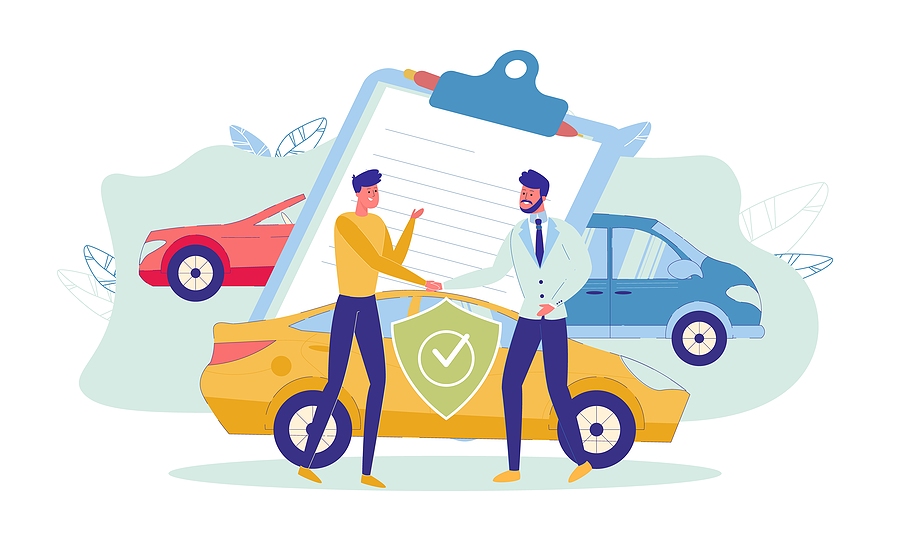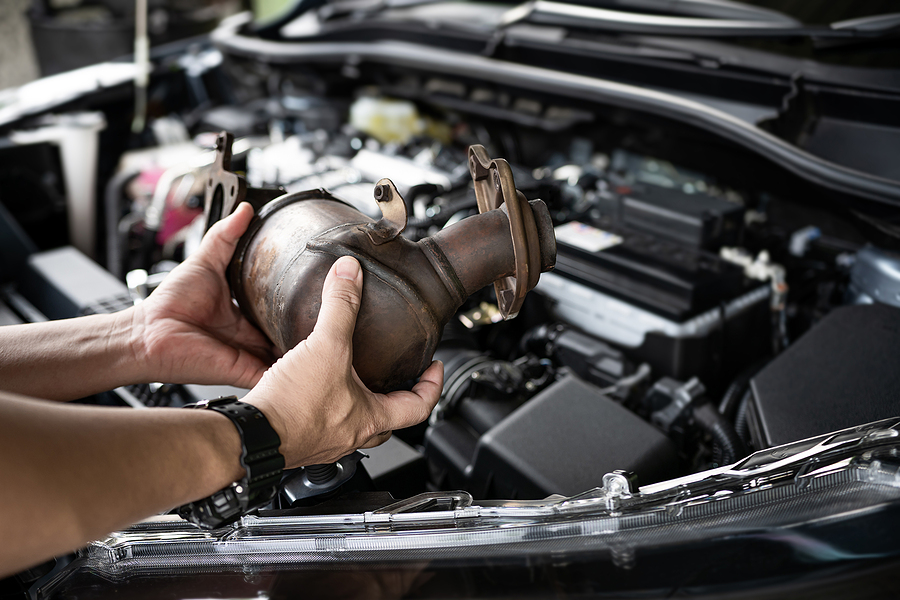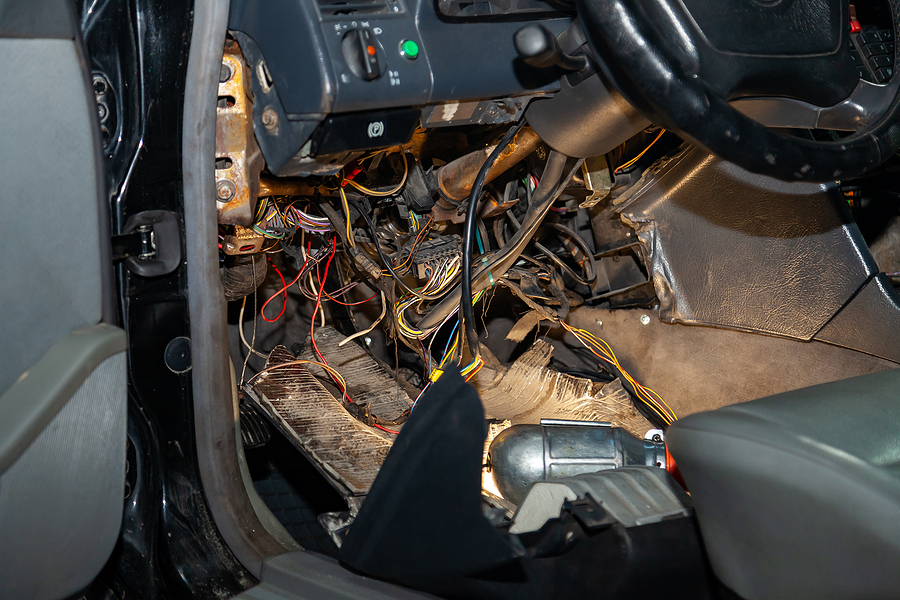Scrapping your old vehicle can feel overwhelming, especially when you’re unsure about the paperwork required. Many car owners find themselves asking: “What documents do I actually need to legally scrap my car?” The answer isn’t always straightforward, but understanding Ohio’s requirements can save you time, money, and potential legal headaches.
Whether you’re dealing with a car that’s reached the end of its useful life or you’ve inherited a vehicle you don’t need, having the proper documentation is essential. Ohio law requires specific proof of ownership before any auto scrapyard can legally accept your vehicle. Without these documents, you risk facing fines, legal complications, and delays in getting cash for your junk car.
This guide will walk you through everything you need to know about proving ownership when scrapping a car in Cincinnati and throughout Ohio, helping you navigate the process with confidence.

Essential Documents for Proving Car Ownership
The Ohio Bureau of Motor Vehicles (BMV) recognizes two primary documents as acceptable proof of vehicle ownership when scrapping your car.
Vehicle Title
Your car title serves as the gold standard for proving ownership. This official document, issued by the Ohio BMV, contains crucial information including the vehicle identification number (VIN), your name as the owner, and any lienholder information. When you present a clear title to an auto scrapyard, you’re providing undisputable evidence of your legal right to dispose of the vehicle.
For the title to be valid for scrapping purposes, it must be properly signed and dated. If there are multiple owners listed, all parties typically need to sign unless the names are connected with “or” rather than “and.”
Vehicle Registration
While not as comprehensive as a title, current vehicle registration can sometimes serve as proof of ownership, particularly in specific circumstances. However, most reputable junk car buyers prefer the title as primary documentation. Registration alone may be acceptable if accompanied by additional supporting documents, but this varies by scrapyard policy.
What to Do When Your Car Title Is Lost or Missing
Losing your car title doesn’t mean you’re out of options. Ohio provides a straightforward process for obtaining a duplicate car title, though it does require some time and paperwork.
Steps to Replace a Lost Car Title in Cincinnati
First, you’ll need to complete Form BMV 4809, the Application for Certificate of Title to a Motor Vehicle. This form requires basic information about your vehicle, including the VIN, make, model, and year. You’ll also need to provide your driver’s license number and current address.
Next, gather the required fee, which is typically around $15 for a duplicate title. The Ohio BMV accepts cash, checks, and money orders for this transaction. Processing times usually range from 7 to 10 business days for standard requests.
You can submit your application at any Ohio BMV location, including those serving the Cincinnati area. Some locations also offer expedited processing for an additional fee if you need your duplicate title more quickly.
Required Documentation for Title Replacement
When applying for a duplicate title, you’ll need to bring proper identification, such as a valid driver’s license or state ID. If the vehicle has changed ownership recently, additional documentation may be required to verify your legal right to request the replacement.
Handling Special Ownership Situations
Not all vehicle ownership situations are straightforward. Certain circumstances require additional documentation or special procedures.
Inherited Vehicles
When you inherit a vehicle, the scrapping process becomes more complex. Ohio law requires specific documentation to prove your legal right to dispose of an inherited car. You’ll typically need the original title (if available), a copy of the death certificate, and documentation showing your legal right to handle the deceased person’s estate.
In some cases, you may need letters of administration or other probate court documents. The exact requirements depend on the value of the estate and whether formal probate proceedings are necessary. Consulting with the auto scrapyard beforehand can help clarify what documentation they’ll accept.
Vehicles with Existing Liens
Cars with outstanding loans present another layer of complexity. The title for these vehicles typically shows the lender as a lienholder, meaning you don’t have full ownership rights until the loan is satisfied.
If you want to scrap a car with a lien, you’ll generally need to pay off the remaining loan balance first. Once the loan is satisfied, the lender should provide you with a lien release document, allowing you to obtain a clear title. Some junk car buyers may work directly with lienholders, but this varies by company and situation.
Schedule Free Junk Car Removal Service Now ✅
Consequences of Improper Documentation
Attempting to scrap a vehicle without proper proof of ownership can lead to serious legal and financial consequences under Ohio law.
Legal Penalties
Ohio Revised Code Chapter 4505 outlines specific penalties for improper vehicle title transfers and ownership documentation. Violations can result in fines ranging from hundreds to thousands of dollars, depending on the severity of the offense. In some cases, criminal charges may apply if authorities determine fraudulent intent.
Financial Risks
Beyond legal penalties, improper documentation can create ongoing financial liability. If you scrap a car without properly transferring the title, you may remain legally responsible for the vehicle. This could mean continued liability for accidents, parking tickets, or other issues involving the scrapped car.
Future Complications
Incomplete or improper documentation can also complicate future vehicle transactions. The Ohio BMV maintains detailed records, and irregularities in your vehicle history can cause delays or problems when buying, selling, or registering other vehicles.
How to Sell Your Car to an Auto Scrapyard
Once you have proper documentation, selling your junk car becomes a straightforward process.
Choosing a Reputable Scrapyard
Research is essential when selecting an auto scrapyard. Look for businesses with proper licensing, positive customer reviews, and transparent pricing policies. GC’s Junk Cars, for example, has built a reputation in the Cincinnati area for fair dealing and proper documentation handling.
Reputable scrapyards will always ask for proper ownership documentation upfront and should be able to explain their requirements clearly. Be wary of any buyer who seems unconcerned about titles or registration documents.
The Sale Process
The majority of legitimate junk car buyers follow a similar process. They’ll first verify your ownership documentation, then assess your vehicle’s condition to determine its scrap value. Factors affecting junk car value include the vehicle’s weight, current metal prices, and any salvageable parts.
After agreeing on a price, you’ll need to sign the title over to the buyer. This typically involves signing the back of the title and having your signature notarized, as required by Ohio law for most title transfers.
Required Disclosures
Ohio law requires specific disclosures when selling vehicles, even for scrap. You may need to provide information about the vehicle’s condition, any known defects, or environmental hazards. Reputable scrapyards will guide you through these requirements.
Final Thoughts
Understanding proof of ownership requirements is crucial for legally scrapping your vehicle in Ohio. Whether you have a clear title, need to obtain a duplicate, or are dealing with special circumstances like inheritance or liens, proper documentation protects you from legal complications and ensures you receive fair compensation for your junk car.
Remember that each situation is unique, and requirements may vary depending on your specific circumstances. When in doubt, consult with experienced professionals who understand Ohio’s vehicle laws and can guide you through the process safely.
Ready to turn that old car into cash? Get a Free Quote Now from GC’s Junk Cars and discover what your vehicle is worth. Our team understands Cincinnati’s requirements and can help ensure your car title transfer goes smoothly while maximizing your junk car value.
Call Now to Speak With a Buyer
Related Post: What Is a Car Title and Why Do I Need One in Ohio?





